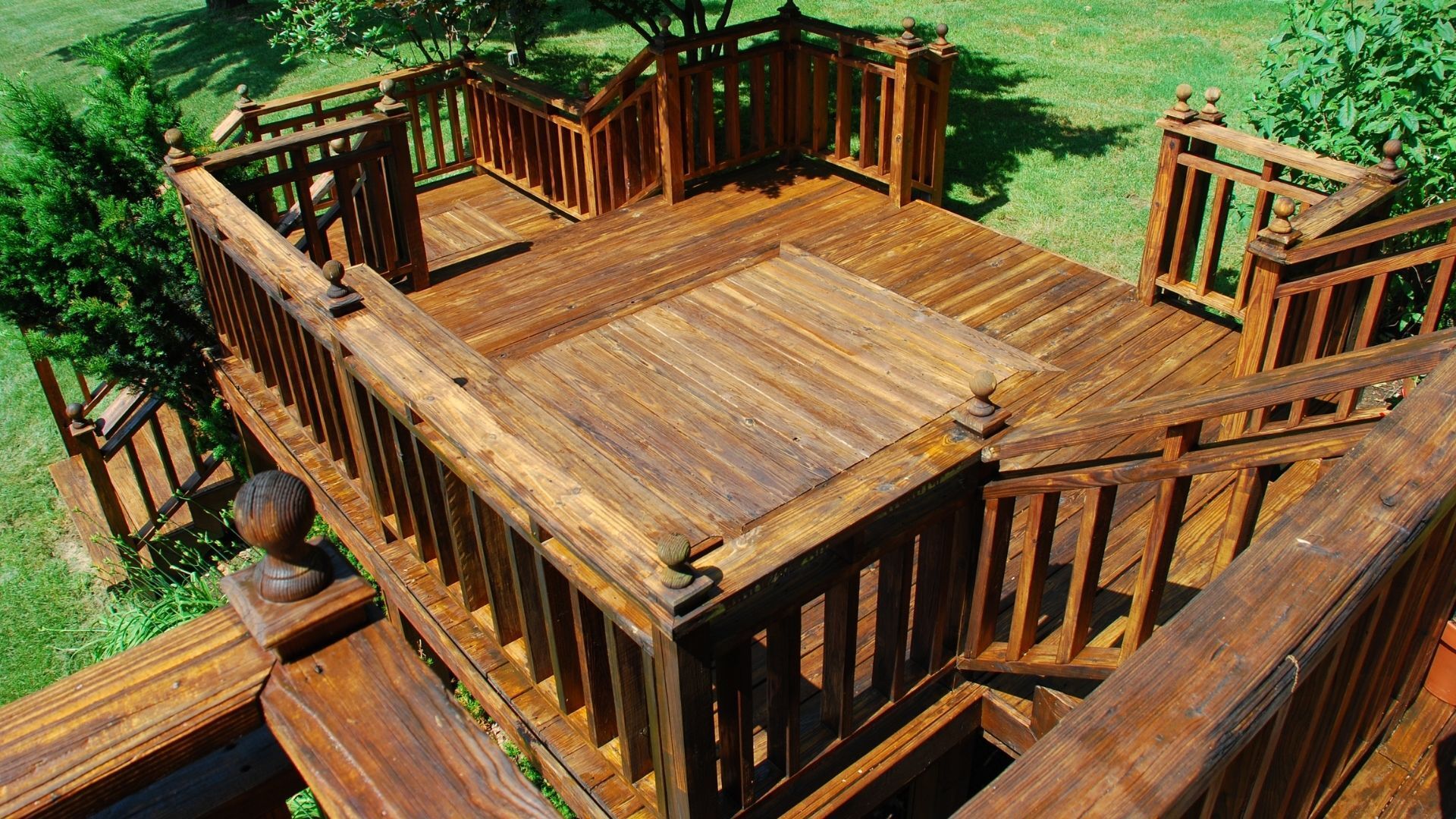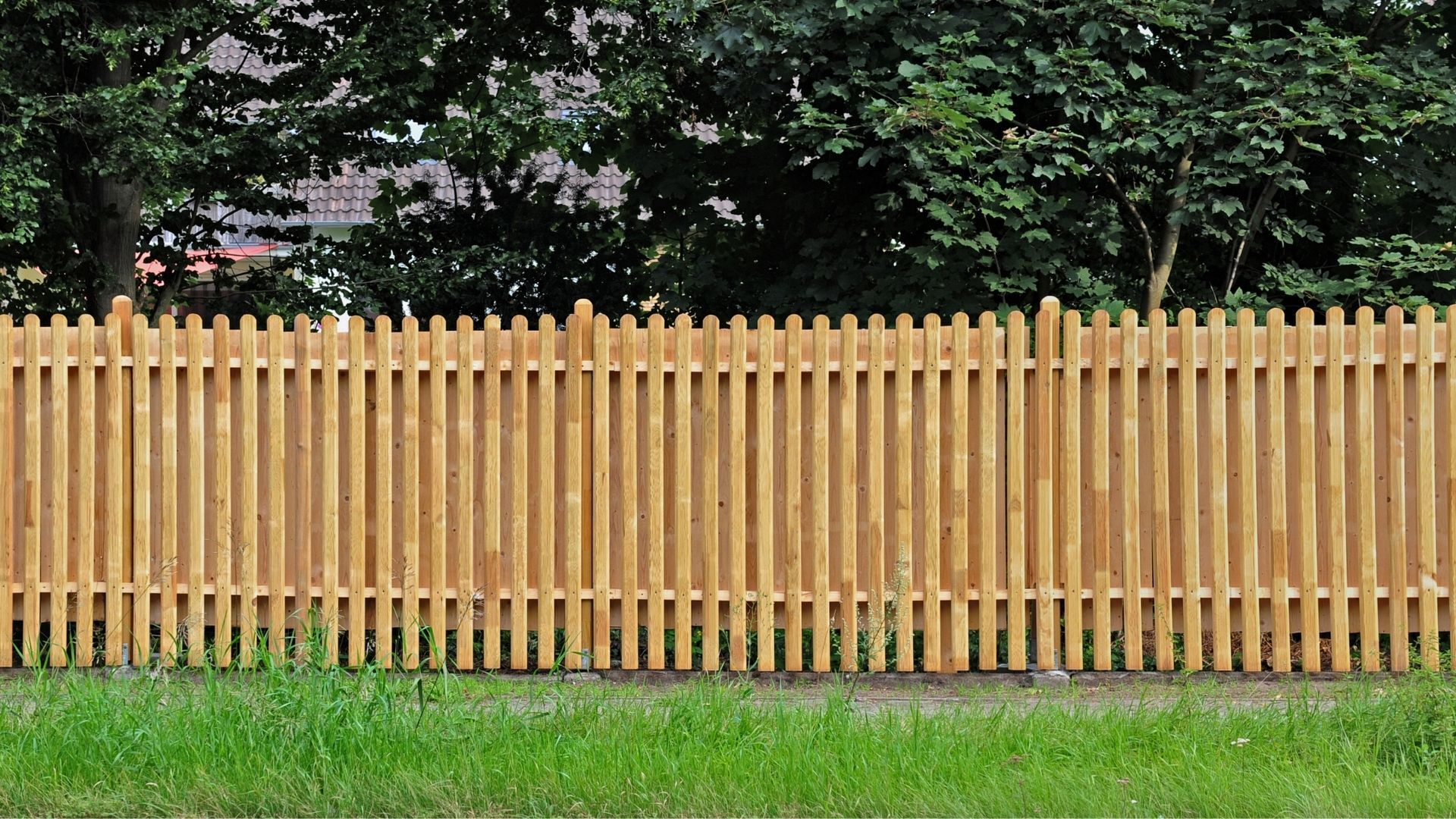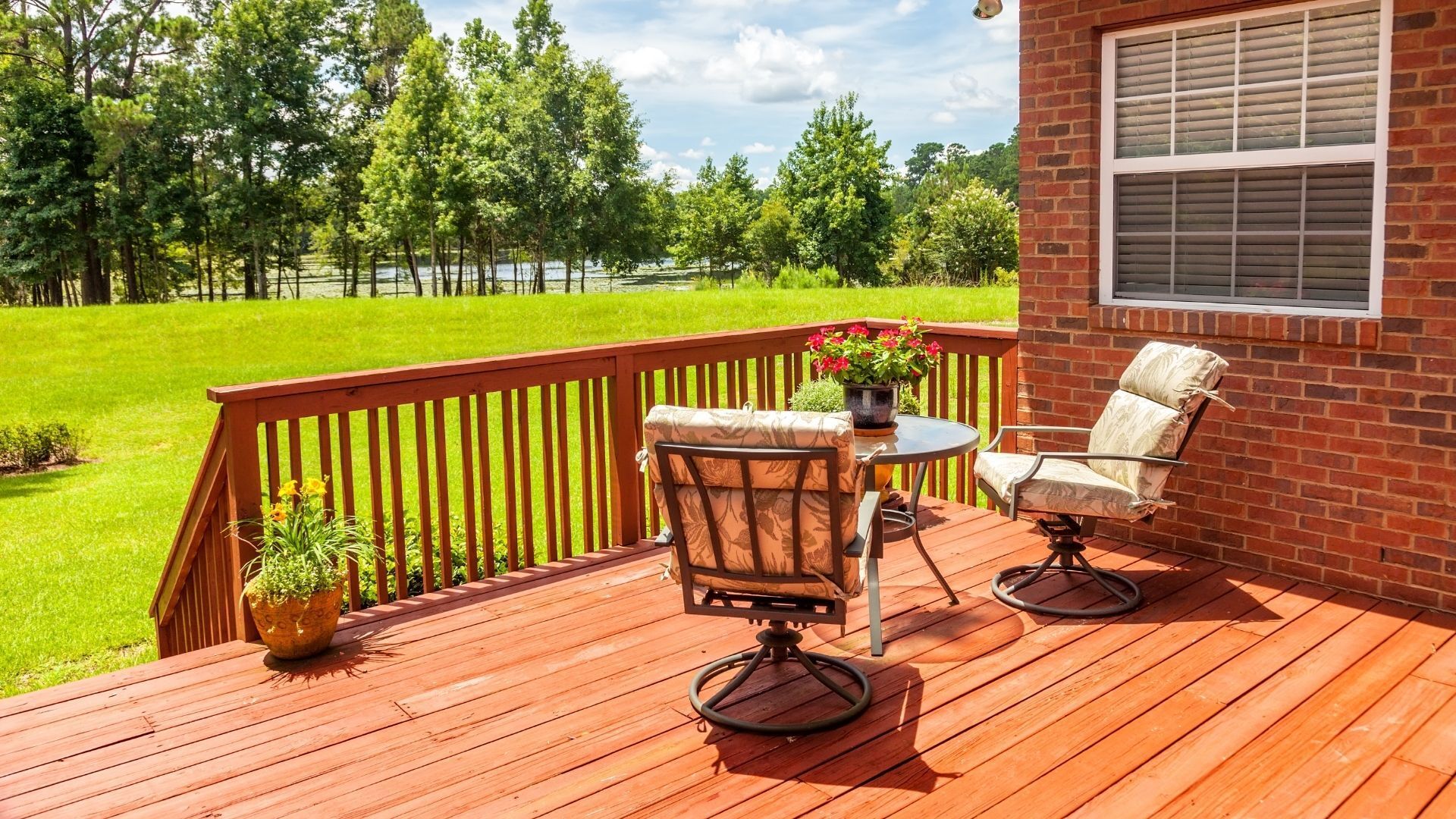Victoria Deck and Fence
6 Signs It’s Time to Call a Deck Builder for a Repair or Rebuild
Constant wear from the elements and foot traffic will eventually impact your deck, even if it’s built tough. Don’t wait—call a deck builder at the first sign of trouble to keep your family safe.
Catching small issues before they become big headaches is what our team at Victoria Deck and Fence recommend. Below are the six red flags that tell you it’s time to call in a pro.
Key Takeaways:
- Keep an eye out for warning signs like wood rot, excessive sagging, loose fasteners, splitting boards, unstable railings, and water pooling.
- Early intervention can prevent minor fixes.
- Whether your deck needs targeted repairs or a complete rebuild, Victoria Deck & Fence offers customized solutions to last through any weather or wear.
Wood Rot and Decay in Structural Members
Take a tool (screwdriver or awl) and gently press into your ledger boards, joists or support posts. If the wood feels soft, spongy or crumbles under light pressure, that’s rot. To spot fungal signs, look for dark streaks, patches of white fuzz, or even tiny mushroom‑like growths on the underside of deck boards or along beams.
Why You Shouldn’t Ignore Decays
Rotting in any load‑bearing member (joists, beams, or posts) dramatically reduces your deck’s ability to carry weight. Moist conditions allow decay to spread rapidly, and what starts as a small patch can develop into a sudden structural failure.
Our builders at Victoria Deck & Fence check for faulty flashing around the ledger, clogged gutters, poor drainage, and letting water pool. We can also replace the affected joists or posts with pressure‑treated lumber or naturally decay‑resistant species.
Excessive Sagging or Bounce
A sagging deck isn’t just uncomfortable; it signals that your joists or beams aren’t up to the task anymore. Over time, that extra flex wears down fasteners and decking boards and can even lead to a sudden collapse.
- Visual check: Walk around your deck. If you see a noticeable dip between support posts or the middle feels lower than the edges, that’s sag.
- Bounce test: Give it a gentle jump. More than an inch of “give” usually means your joists are undersized or have lost stiffness (often from moisture or pests).
If you notice this sign, it’s best to contact our team at Victoria Deck & Fence immediately. Here’s what our deck builders can do for your space:
- Load calculation: Determine how much weight your deck needs to hold (e.g., furniture, people, and planters).
- Sistering or replacing joists: Depending on what we find, we’ll either bolt new joists alongside the old ones (“sistering”) or swap in correctly sized lumber.
- Rock‑solid connections: Use galvanized joist hangers and post anchors to make sure beams stay put and don’t shift over time.
Loose, Corroded, or Missing Fasteners
Fasteners are the glue that holds your deck together. When they rust or back out from constant foot traffic, boards can shift and create trip hazards. In a worst‑case scenario, it comes loose entirely.
Keep an eye out for orange‑brown trails under screw heads or nails and screws that have worked their way up above the deck surface. Gently tug on a board; if it shifts or creaks, those fasteners aren’t doing their job anymore.
What Victoria Deck Builders Can Do for You
Upgrade your hardware
Swap any corroded nails or screws for stainless‑steel or hot‑dipped galvanized fasteners that stand up to weather year after year.
Re‑seat your boards
Access, clean, and re‑position each board to restore consistent spacing for drainage and airflow.
Go hidden
If you want that sleek, nail‑free look, we can install a concealed fastening system that’s just as strong but way more attractive.
Splitting, Cracking, or Warping Boards
Cracks and splits erode a board’s strength while warping and cupping create awkward, unsafe walking surfaces. Look for long splits along the wood grain, cupped boards with higher edges than the middle, or twisting that makes the surface uneven. Notice any puddles collecting on certain boards? That’s an obvious sign of warping.
Victoria Deck & Fence builders replace damaged boards with high‑grade, kiln‑dried lumber. You can also upgrade to composite planks that resist moisture and warping.
- By maintaining a precise 1/8″–1/4″ gap between boards, we make sure water drains away quickly and airflow keeps everything dry.
- We’ll apply penetrating oils or sealants tailored to your deck material so new boards look great and last longer.
Railing Instability and Code Violations
Your railing is the last line of defence against falls. Give your guardrail a firm shake. Those posts or connections aren’t locked down if they rock or creak. Today’s residential codes call for at least a 36″ guard height (42″ in commercial settings) and balusters no more than 4″ apart—anything less is technically out of spec.
How Our Deck Builders Can Help
- Bolt it tight: Re‑secure or swap outposts using bolts and metal post anchors for rock‑solid stability.
- Bring it up to code: Whether you prefer classic pickets, sleek cable, or glass infill, we’ll install a system that meets (or exceeds) Vancouver guardrail requirements.
- Load‑test it: Verify that your new handrail can resist at least a 200 lb lateral load so you and your guests can lean without worries.
Persistent Water Pooling and Poor Drainage
Notice water hanging around corners or seams instead of draining off? That’s a red flag. If the soil under your deck stays soggy, or you spot mould and extra insects, moisture isn’t getting away.
Our contractors will adjust your deck to a 1/8″ drop per foot so rainwater always runs off. By installing gap spacers or hidden fasteners, we guarantee even board spacing for optimal drainage and airflow. If needed, we’ll add drainage mats or French drains under your deck to whisk water away from footings and prevent pooling.
Repair vs. Rebuild: How to Know Which Path to Take
Just because a deck has some issues doesn’t automatically mean the entire structure needs replacing. On the flip side, even a minor problem can sometimes call for a full replacement. Hiring experts can determine whether it's time for a repair or a complete overhaul.
Knowing When Spot Repairs Are Enough
If you’ve got just a handful of trouble spots (one or two rotten boards, a few loose fasteners, or minor surface cracks), a targeted repair is the fastest, most budget‑friendly fix. After we've reviewed the structure, we’ll zero in on the problem areas and save what we can.
When a Full Rebuild is The Smarter Move
If decay is widespread, you’re seeing structural sagging, or your ledger attachment doesn’t meet today’s required standards, a rebuild is the safest bet. Starting over means bringing everything up to current standards and selecting long‑lasting materials.
Balancing Cost, Timeline, and Peace of Mind
Repairs cost less upfront—but if hidden drawbacks keep popping up, you could pay more in the long run. A rebuild may take more time and investment initially, but it has full warranties on materials and workmanship.
If you have to choose between repairing and fully rebuilding your deck, play your cards right. Our team at Victoria Deck and Fence thoroughly guide you in this decision-making.

Team Up with Victoria Deck & Fence
Don’t let a simple deck issue become a big safety problem or an expensive emergency rebuild. Reach out to Victoria Deck & Fence for a free, no‑obligation inspection and quote. We’ll help you protect your investment, extend your deck’s life, or design the perfect outdoor space you’ve been dreaming about.
We’ve spent decades mastering Greater Victoria’s unique coastal climate, so we know how to keep your deck strong through rain, wind, and sun. If you’re still looking for builders, end your search today. Contact us and control the lifespan of your deck investment.
Frequently Asked Questions
Do you offer deck resurfacing if the frame is still sound?
If your substructure content is code-compliant and in good condition, we can remove the old decking and install new boards (log or composite), railings, and trim. We conduct a detailed framing inspection before resurfacing.
When is the best time of the year to build or repair a deck in Victoria?
Deck projects in Victoria can happen year-round. However, the best months for faster turnarounds and easier permitting are March through October. We take into account the ground saturation, daylight hours, and material curing times during colder months.
If I replace my current deck, can you match my new one to my existing home’s exterior?
We specialize in custom layout and design options that complement your home’s architecture. Our deck designer considers your existing colour palette, siding material, and landscaping to guarantee a cohesive look. We can even make a copy of your previous deck.



